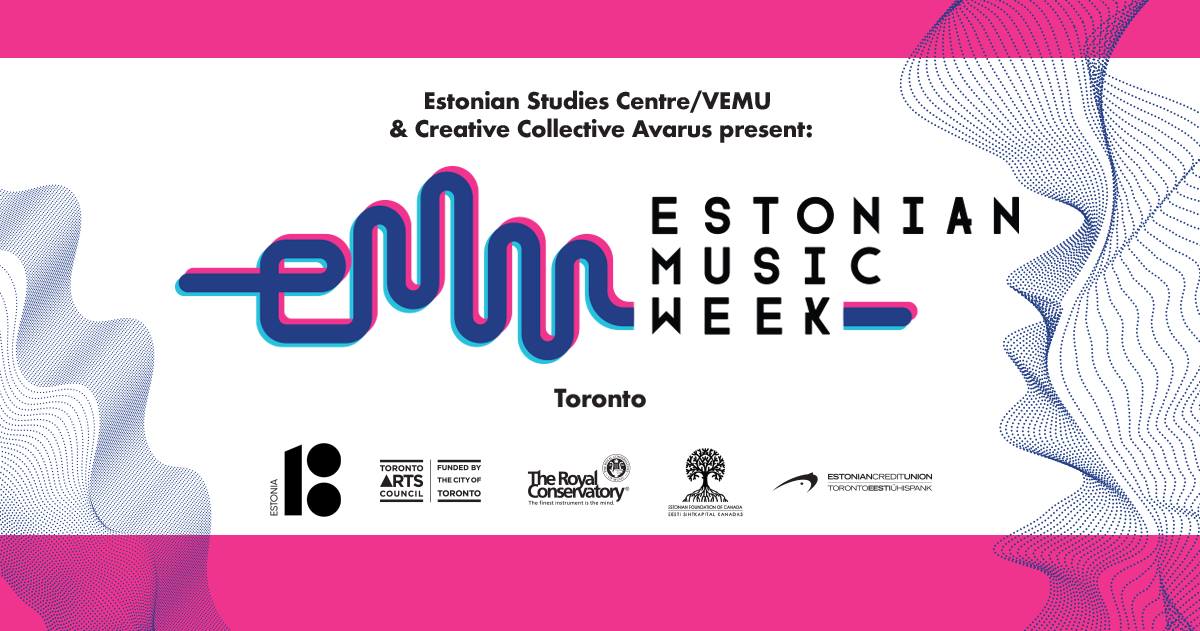For VEMU (the Museum of Estonians Abroad), the organizer of the festival, the main focus of the autumn season has been on the Finno-Ugric peoples and the Indigenous peoples of Canada. EMW and its educational programming also followed this topic.
In a dynamic range of formats, the festival reiterated what it means to be Estonian in a contemporary context, how our culture is expressed through the diaspora, as well as what being Estonian has meant to people in the past.
To commence the festival, on October 17th, VEMU and Estonian Music Week virtually presented Collegium Musicale's documentary film Unustatud rahvaste jälgedes, which perceptively portrayed the choral compositions of Veljo Tormis and the challenges faced by Finno-Ugric peoples today in maintaining a connection to their cultures.
A particularly striking moment came early on, when in Estonian National Museum educator Anti Lillak's tour of the museum's exhibition “Echo of the Urals,” we heard the similarities between the word for “eye” across Uralic languages. The Uralic language group—which encompasses 25 million speakers of Uralic languages—consists of Samoyedic and Finno-Ugric languages, for which Estonian is part of the Finno-Ugric linguistic branch. The exhibition illustrated further similarities between these cultures by showing homes and possessions from Siberia to the Baltic Sea.
(Read more: Estonian Life No. 43 2021 paber- and PDF/digi)
Estonian Music Week





